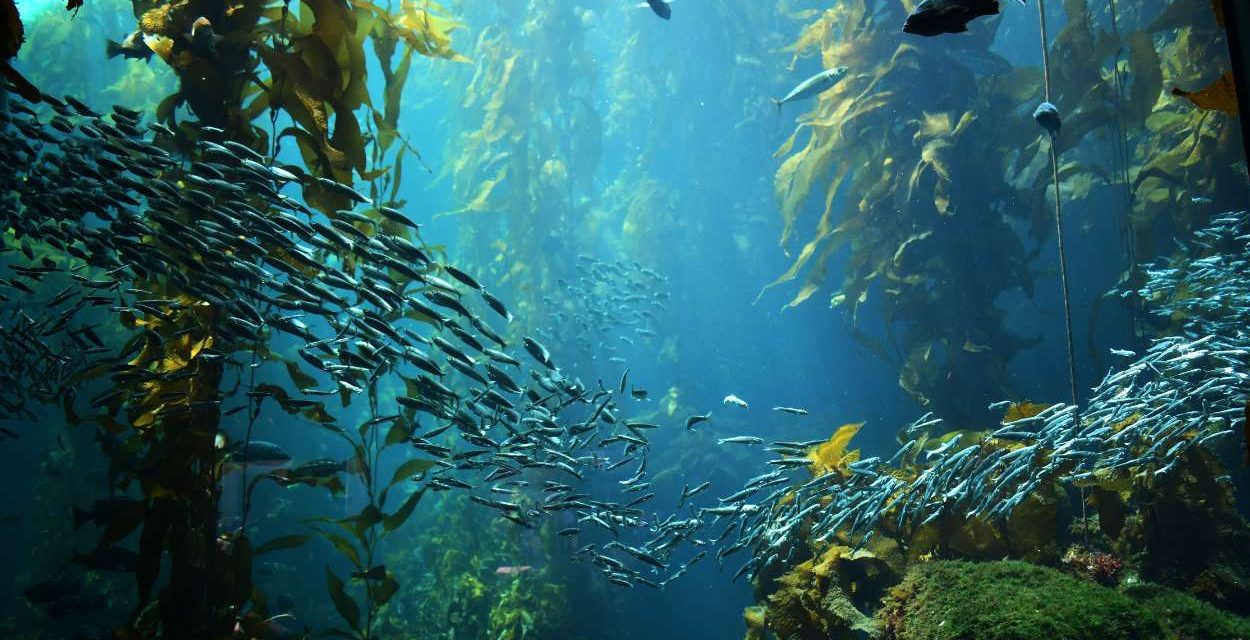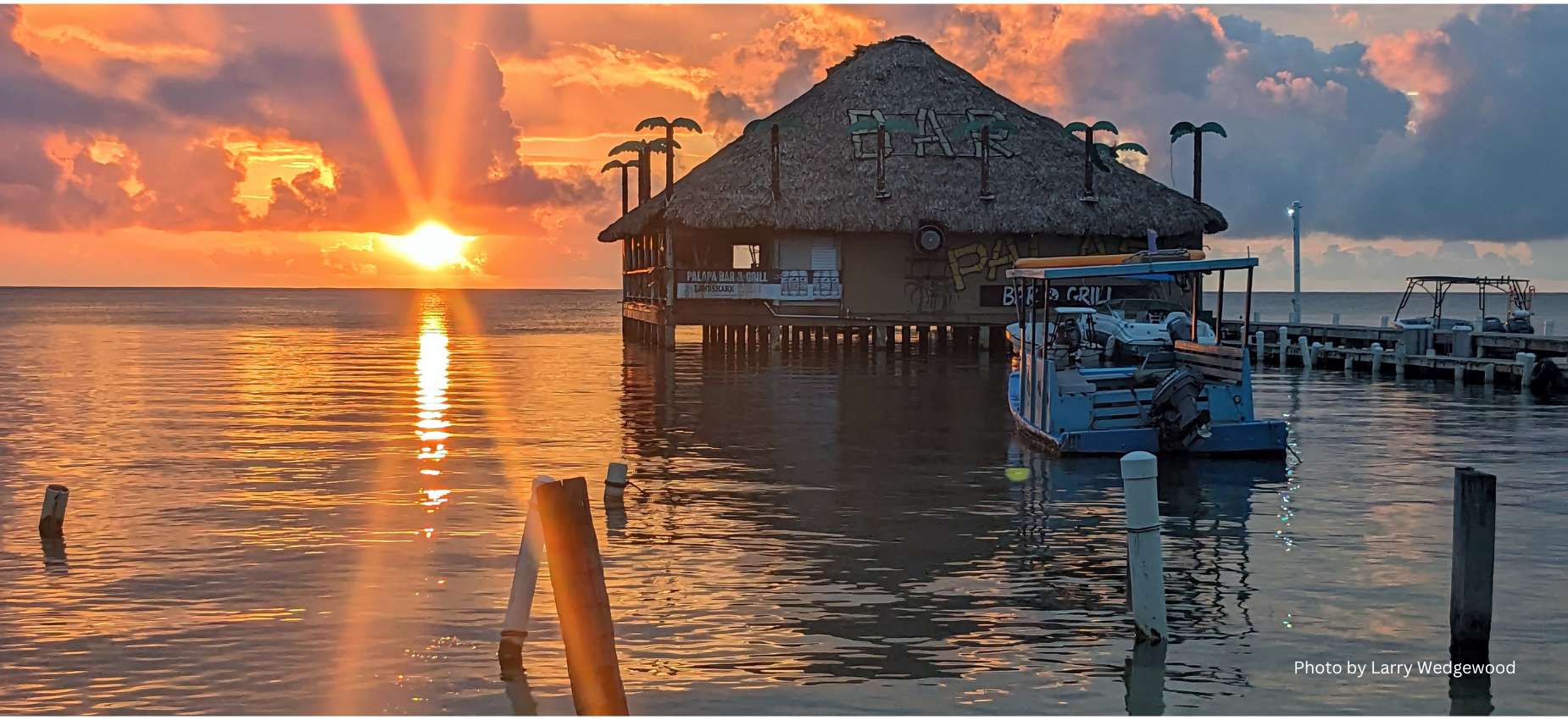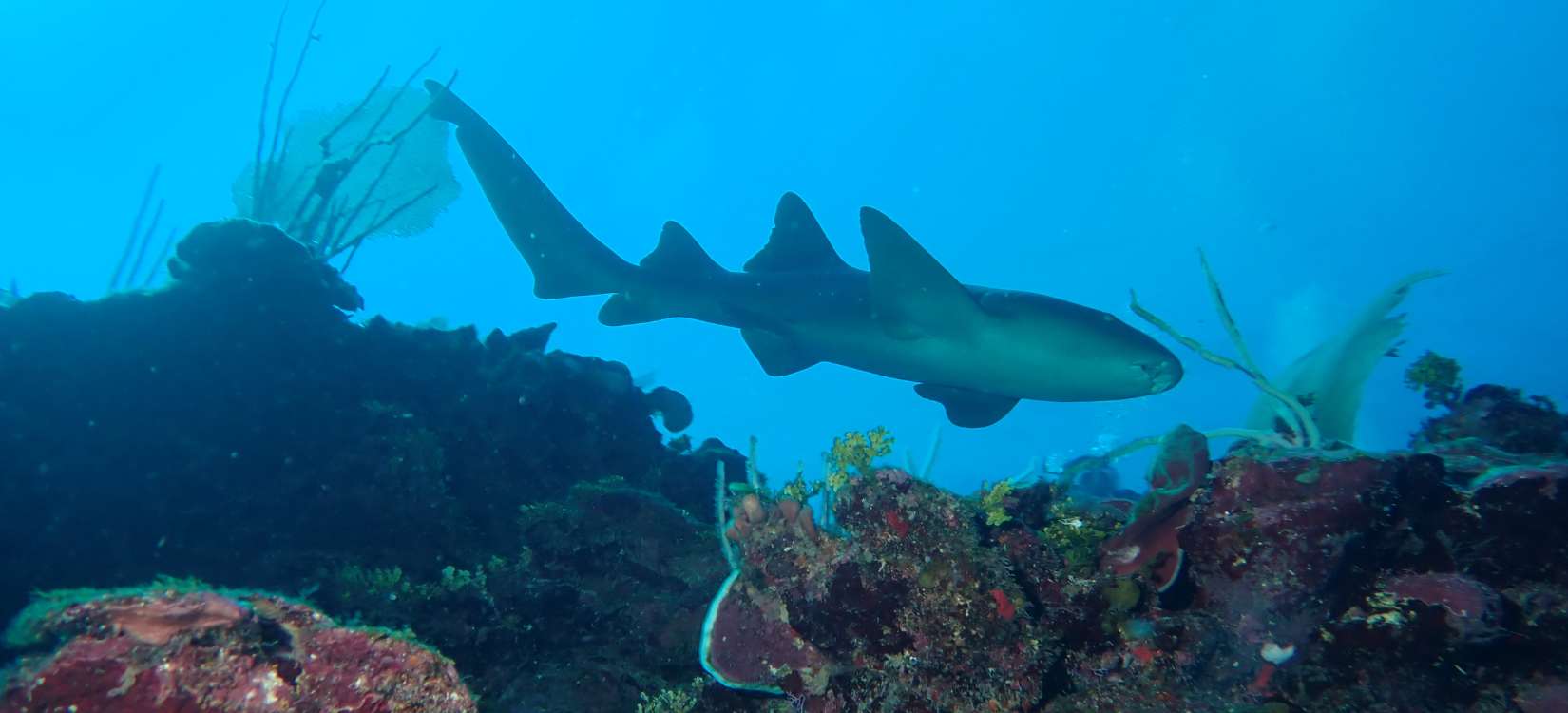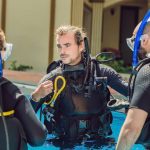4 Cool Sea Creatures to Look For When Scuba Diving Vancouver Island.
Cool Sea Creatures of the Pacific Ocean await you as you scuba dive and explore stunning dive sites surrounding Vancouver Island. This exquisite diving destination hosts an incredible array of marine life, and some of the coolest sea creatures from the curious Giant Pacific Octopus to the peculiar Pacific-decorated warbonnet. Each dive offers a chance to explore vibrant ecosystems and encounter fascinating species that thrive in the nutrient-rich waters of the Salish Sea. So gear up and get ready to immerse yourself in the underwater wonders that await you!
Key Takeaways:
- Diving off Vancouver Island is like stepping into an underwater wonderland, where you’ll encounter everything from the impressive Giant Pacific Octopus to the cute Pacific-decorated warbonnet—it’s a marine life treasure hunt!
- Don’t be surprised if a curious Wolf Eel comes to say hello! These gentle giants are known for their friendly demeanor, making your dive experience even more memorable.
- With dive sites like Ogden Point and Clarke Rock, Vancouver Island offers fantastic spots to see these incredible sea creatures up close. So gear up and look into the adventure of a lifetime!
Giant Pacific Octopus – Cool and Smart

Description and Habitat
Behind the mesmerizing beauty of the Giant Pacific Octopus lies a sea creature that is as intelligent as it is captivating. You might find these remarkable cephalopods cruising through the cold, nutrient-rich waters around Vancouver Island, where they can reach impressive sizes of up to 30 feet in arm span and weigh up to 150 pounds. Their habitat typically includes dens within crevices, rocks, or undersea boulders where they can hide and stay protected from predators. The rich diversity of marine life that thrives in the Salish Sea creates an ideal haven for these octopuses, allowing you to encounter them in their natural surroundings.
Behavior and Reproduction
To truly appreciate the Giant Pacific Octopus, you need to experience their fascinating behavior and unique reproductive cycle. Known for their incredible problem-solving abilities and inquisitive nature, you may find them interacting playfully with divers! When considering reproduction, you’ll discover that the female octopus exhibits remarkable dedication. She lays thousands of eggs in a secluded den, protecting them fiercely until they hatch. During this time, she remains close, living off her energy reserves to ensure the safety of her future offspring.
Even after this impressive act of nurturing, the cycle continues, as the female dies shortly after the eggs hatch, leaving behind tiny hatchlings that begin their lives adrift as plankton. This intriguing life cycle highlights the vital role the Giant Pacific Octopus plays in the marine ecosystem around Vancouver Island and makes each encounter a memorable experience for divers like yourself. With their ability to camouflage and blend into their surroundings, these octopuses are not only stunning to behold but also pivotal in maintaining the balance of the underwater world.
Decorated Warbonnet
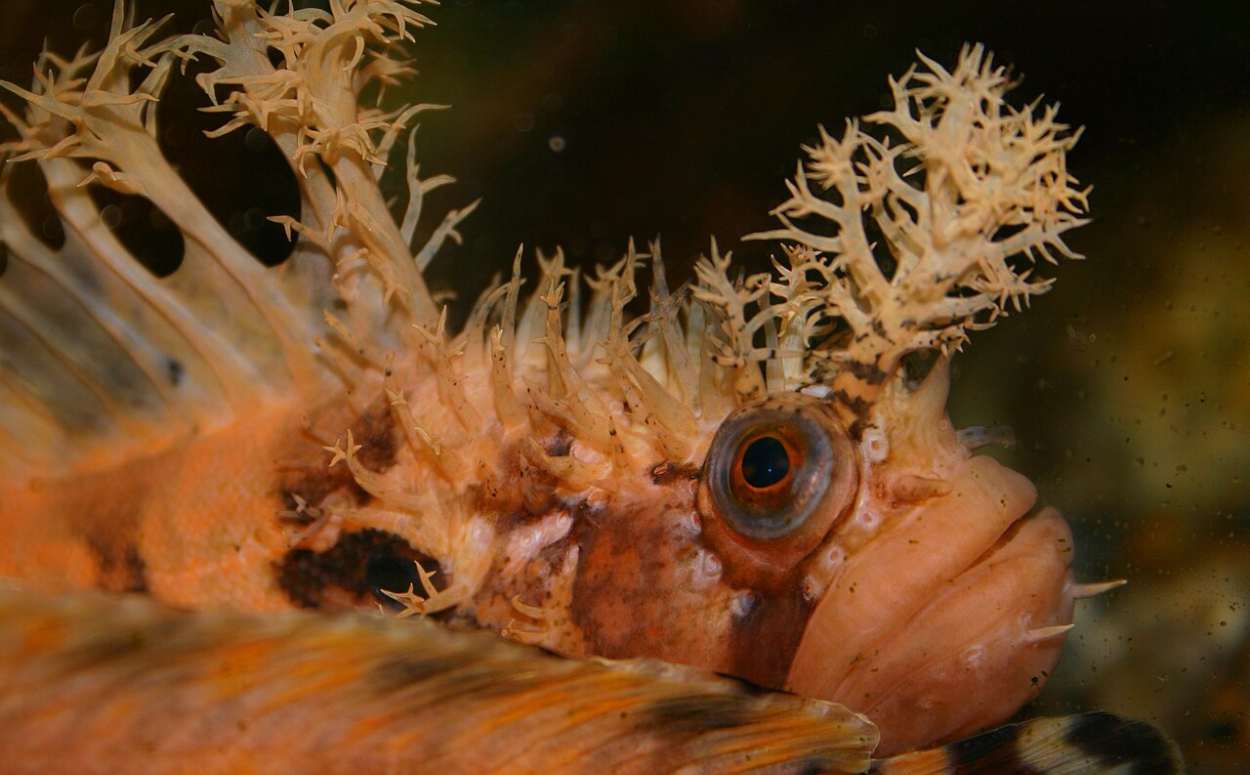
Unique Characteristics
the Decorated Warbonnet (Chirolophis decoratus) is one of the most coolest sea creatures you’ll see on the West coast of Canada, although they are a bit allusive. It’s like the punk rocker of the Pacific Northwest underwater scene—moody, spiky, and tucked away in its dressing room (aka crevices).
What is it?
The Decorated Warbonnet is a small, eel-like fish with a long, slender body and a very distinct, almost comical “headdress” of fleshy cirri (those ornamental, tentacle-like appendages) sprouting from its head. That’s where the “warbonnet” name comes from—it looks like it’s wearing a feathered crown.
-
Size: Usually around 20–30 cm (8–12 inches) long.
-
Coloration: Mottled brown, tan, or grayish, which helps it blend in perfectly with rocks and sponges.
-
Cirri (Head Tufts): Like underwater antennae meets a bad hair day—function unclear, but they make this fish instantly recognizable.
Where You’ll Find Decorator Warbonnets?
-
Habitat: Rocky reefs, crevices, and areas with lots of encrusting life like sponges and bryozoans.
-
Depth: Usually between 10 to 40 meters (but can go deeper).
-
Behavior: Secretive and sedentary. They rarely venture far from their lairs and can be super hard to spot unless you know what you’re looking for.
Wolf Eels – The King of Cool Sea Creatures!
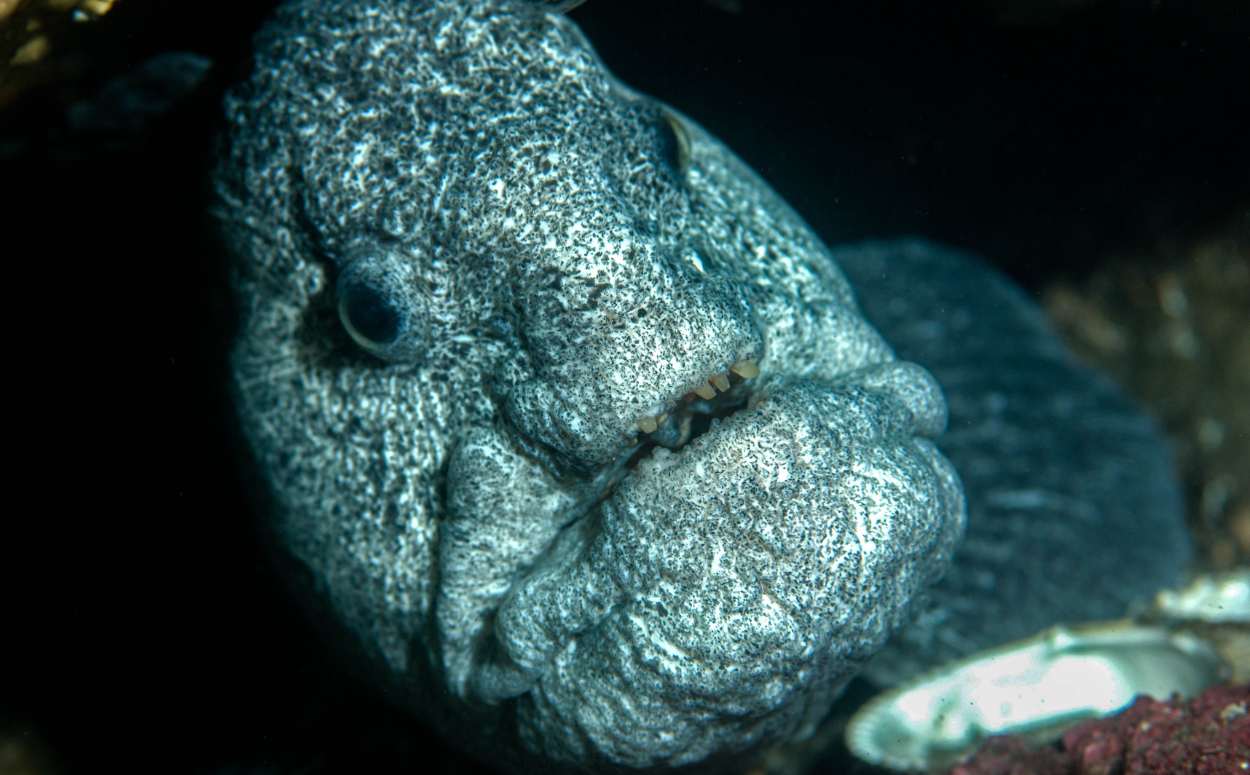
Physical Appearance
Around Vancouver Island, you may encounter the fascinating wolf eel, which is not actually an eel but belongs to the wolf fish family. These remarkable sea creatures can grow to an impressive length of up to 2.4 meters, showcasing an elongated, snake-like body coupled with a distinctive large head. Their powerful jaws, filled with sharp teeth, may seem intimidating at first, but don’t let that scare you! They are known for their gentle demeanor and tend to be quite friendly and curious towards divers, creating memorable encounters beneath the waves.
Mating and Reproduction
Between the fall and winter months, wolf eels form strong monogamous bonds, sharing dens and defending their territory together. The female lays up to 10,000 bright orange eggs, carefully fertilized by the male, and both parents take on the responsibility of guarding the nest. They maintain proper oxygenation of the eggs by fanning them with their pectoral fins, showcasing the endearing side of these fascinating sea creatures. The eggs incubate for about 13 to 16 weeks before hatching, releasing tiny larvae that begin their journey in open ocean waters.
A unique aspect of wolf eels is their dedication to each other and their young, a rarity in the fish world. Their bond not only helps ensure the safety of their eggs but also teaches you about the intricate relationships that exist in the underwater ecosystem. When you dive and witness this behavior, it adds a layer of appreciation for the complexity of marine life and the important role each species plays in maintaining a balanced environment around Vancouver Island.
Tiger Rockfish
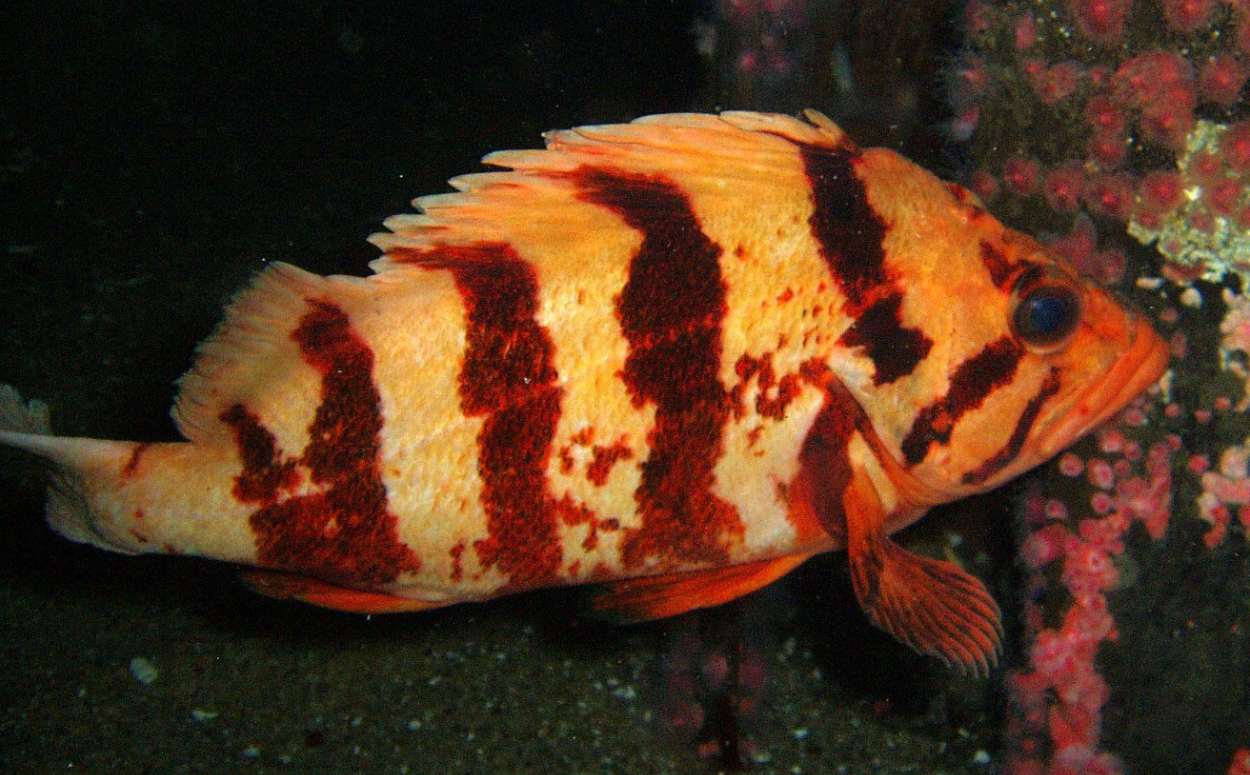
The Tiger Rockfish (Sebastes nigrocinctus) is the unmistakable bad boy of the Pacific Northwest reef scene. With bold black vertical stripes across a fiery orange-red body, this fish looks like it swam straight out of a tattoo parlor. Found from Alaska to California, it’s a favorite among cold-water divers around Vancouver Island, especially at sites like Ten Mile Point, Madrona Point, and Snake Island Wall. Tiger Rockfish tend to be solitary and territorial, usually lurking in rocky crevices, steep walls, and under ledges at depths ranging from 20 to 120 meters.
Not only does it look tough, it is tough—Tiger Rockfish can live over 60 years and grow up to 24 inches long. They’re slow growers, homebodies by nature, and protected in many areas due to their long lifespans and vulnerability to overfishing. Like many rockfish, they sport venomous spines, so look but don’t touch. They’ll hold their ground and strike a pose if you’re patient, making them a top target for underwater photographers.
Whether you’re a macro enthusiast or just into charismatic reef dwellers, spotting a Tiger Rockfish is always a highlight. It’s the kind of fish that doesn’t need to do much to steal the spotlight—just show up, look fierce, and own the reef.
Where You’ll Find It
Tiger Rockfish are classic rock dwellers. They love:
-
Steep rocky walls
-
Deep crevices and ledges
-
Wrecks and artificial reefs
Underwater Photography Pro Tip
Use your dive light to bring out their vibrant colors, but approach slowly—they’ll often hold still long enough for a great portrait shot. They’re photogenic, no doubt.
Best Dive Sites for Observing Marine Life
After you’ve geared up for your scuba diving adventure, exploring the underwater wonders of Vancouver Island is nothing short of exhilarating. The region boasts a myriad of dive sites, each offering a unique glimpse into the incredible marine life that calls these waters home. From the curious Giant Pacific Octopus to the intricately camouflaged Pacific Spiny Lumpsucker, you’ll find that each dive offers a new opportunity to connect with nature in a vibrant and dynamic ecosystem.
A Few of The Top Dive Sites on Vancouver Island
About a dozen iconic dive sites make Vancouver Island a must-visit for divers of all levels. Some of the top locations include Ogden Point Breakwater in Victoria, where you can often spot Giant Pacific Octopuses blending perfectly with their surroundings, and Oak Leaf Park in Nanoose, a fantastic spot for encountering both lumpsuckers and wolf eels. Other notable sites such as Clarke Rock and Finn Beach offer a chance to see these magnificent creatures up close, ensuring that your diving experience is as memorable as it is thrilling.
1. Browning Wall (Port Hardy)
Legendary cold-water wall dive with insane biodiversity—nudibranchs, anemones, soft corals, and wolf eels galore. A must-dive for advanced divers.
2. The Rock With Life (Browning Passage)
A vibrant pinnacle dive off Port Hardy, bursting with sponges, nudibranchs, warbonnets, and swirling kelp. Best dived by boat during slack tide.
3. Ogden Point Breakwater (Victoria)
Accessible shore dive with a long breakwater teeming with life—great for all levels. Home to octopus, plumose anemones, and massive lingcod.
4. Snake Island Wall (Nanaimo)
Boat dive with vertical walls, nudibranchs, and the occasional playful sea lion encounter. Fun and full of color.
5. Tyee Cove (Nanoose Bay)
Shore dive known for schooling perch, rockfish, and nudibranchs. Popular training site but offers plenty to see for seasoned divers.
6. Madrona Point (Nanoose Bay)
Shore access with sloping reefs and small walls—easy entry, great for macro photography and marine life spotting.
7. Keel Cove / Octopus Hole (Port Hardy area)
Locally loved for—you guessed it—octopus sightings, as well as candy-striped shrimp and decorator crabs.
8. China Creek Wall (Port Alberni)
Accessible by boat, this wall dive offers stunning drop-offs, soft corals, and sometimes visibility that rivals tropical waters (seriously).
9. McGee Cove (Saanich Inlet)
A protected dive site with easy conditions, often used for courses but also great for scenic wall and reef exploration.
10. Ten Mile Point (Victoria)
Advanced drift dive site with strong currents, but teeming with life. Great for experienced divers looking for a thrill ride through an underwater canyon.
11. Race Rocks (South of Victoria)
A marine reserve with explosive current-fed life. Seals, sea lions, and schools of rockfish rule the reef here. Boat only.
12. Swordfish Island (Port Hardy area)
Pinnacle dive with dramatic topography, tons of macro life, and the chance to see passing pelagics like sixgill sharks or big lingcod.
13. Seymour Narrows (Campbell River area)
Known for wild current diving and advanced drift adventures. The underwater topography is as wild as the surface conditions—think adrenaline meets biology.
Dive Boat Charters
Above all, if you’re serious about maximizing your encounters with marine life, booking a dive charter can open up some of Vancouver Island’s hidden underwater gems. Various operators cater to all experience levels and often provide guided excursions to the most productive dive spots. With expert local knowledge, your dive captain can help you find everything from the unique rockfish species to the elusive wolf eels that inhabit this rich marine environment.
Best of all, dive charters not only take you to renowned sites but often provide you with all the necessary gear and support, so you can focus solely on the experience. They also allow for small group sizes, which means you’ll dive in a more intimate setting, increasing your chances of encountering the diverse marine life that Vancouver Island has to offer. Whether you are a beginner or an experienced diver, a chartered dive trip will undoubtedly enhance your adventure in these breathtaking waters.
Here Are a Few Links to Dive Boat Operators
- Frank Whites Scuba Shop – Victoria BC
- Shepherd Charters – Nanaimo BC
- Rendezvous Dive Adventure – Barkley Sound, BC
- Pelican Charters – Port Alberni, BC
- UB Diving – Courtney, BC
- Abyssal Dive Charters – Cambell River, BC
- God’s Pocket – Port Hardy, BC
Conservation and Importance of Marine Ecosystem
To truly appreciate the marine life you encounter while scuba diving around Vancouver Island, you need to understand the delicate balance of its ecosystem. The waters surrounding this beautiful island are home to a rich tapestry of biodiversity, with various species relying on one another for survival. Your experiences in the water contribute not only to your sense of adventure but also to the broader conversation about marine conservation. By observing and respecting the intricate relationships among marine life, you contribute to the ongoing efforts to protect these vibrant ecosystems and ensure they thrive for generations to come.
Sea Creatures – Keystone Species
A keystone species is a species that has a disproportionately large impact on its ecosystem relative to its abundance. Think of it like the keystone in an arch—remove it, and the whole structure can collapse. Similarly, if a keystone species disappears, the entire ecosystem can be dramatically altered or even fall apart. Keystone species play a pivotal role in shaping the ecosystem. For instance,
The Giant Pacific Octopus: a prominent resident of the Salish Sea, is not just a mesmerizing creature to encounter; it helps maintain the balance of marine life in the area. By preying on crabs and other invertebrates, the octopus regulates their populations, allowing for a more diverse underwater environment. When you dive and witness these remarkable animals, you’re witnessing a living example of the imperative roles that various species play in sustaining the marine ecosystem. Sea Otters: In kelp forest ecosystems, they eat sea urchins. Without otters, urchin populations explode and destroy kelp forests.
Human Impact
Keystone species face numerous threats from human activities, which have profound implications for marine ecosystems. Pollution, overfishing, and habitat destruction are just a few of the factors undermining the stability of these delicate environments. As you glide through the waters, you may notice the effects of these pressures, such as diminished coral reefs and fewer visible species. Understanding these impacts can inspire you to take part in conservation efforts and be more mindful of your own interactions with the ocean.
Ecosystem resilience is at the heart of marine conservation. The survival of keystone species like the Giant Pacific Octopus and the Wolf Eel is directly tied to the health of their environments. By advocating for sustainable dive practices and supporting local conservation initiatives, you can play a part in protecting these magnificent creatures. The more you know about your underwater world, the more prepared you will be to help ensure it remains vibrant and thriving for those who will follow in your fins.
Final Bubbles & Big Wows
From the octopus’s disappearing act to wolf eels peeking out to say hello, every dive around Vancouver Island feels like a front-row seat to nature’s coolest performance. The Salish Sea is bursting with quirky, colorful life—from spiny lumpsuckers to elegant rockfish—and every dive leaves you just a little more amazed.
Whether you’re new to the sport or a seasoned bubble-blower, this underwater playground always has something new to show you. So zip up that drysuit, take a deep breath, and dive into an experience that stirs your soul and sparks your curiosity.
Why We Dive Vancouver Island
Vancouver Island diving isn’t just about checking species off a list—it’s about moments of pure connection. Maybe it’s a wolf eel coming out to greet you, or a giant Pacific octopus blending into the reef like magic. Every dive is a reminder that wild beauty is alive and well beneath the surface.
You’ll surface with stories, smiles, and maybe a little salt in your soul. And honestly? That’s what it’s all about.
One Last Breath Before Surface
The marine life around Vancouver Island is nothing short of inspiring. You’re not just diving—you’re stepping into a world where octopuses vanish before your eyes and tiny fish defy the odds with color and charm.
Every splash into the Salish Sea is a fresh chance to be wowed. So if you’ve got fins and a curious heart, there’s no better place to be.
Plan Your Vancouver Dive Trip Today!

